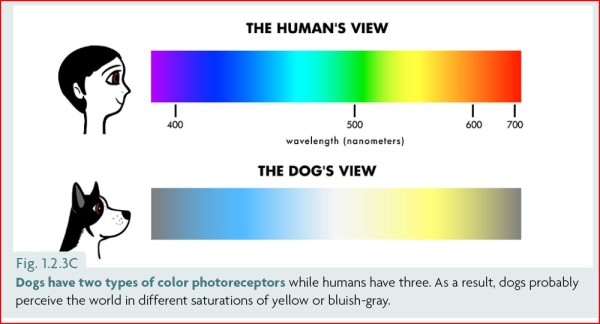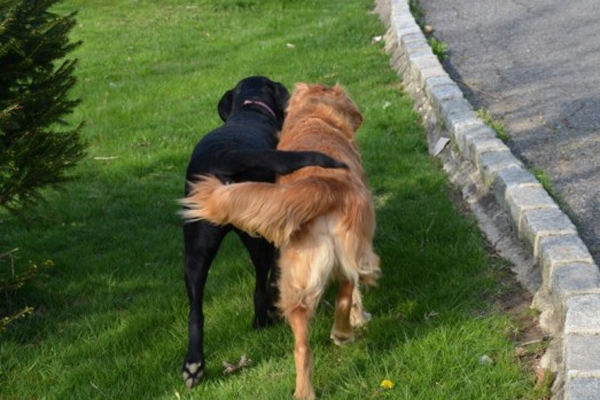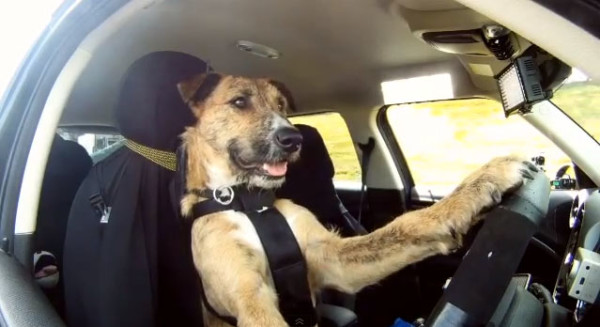There are more than 150 dog breeds, divided into 8 classes: sporting, hound, working, terrier, toy, non-sporting, herding, and miscellaneous. Each dog has his own unique set of characteristics and personality. But one thing is certain – these loveable and wonderful companions are fascinating creatures.
Check out these top 5 unknown facts about dogs.
1. Dogs can see in colour

There’s a common misconception that dogs can only see in monochrome and use varying brightness levels to identify the outlines of items. A dog’s visual acuity is less developed than ours. Some experts and Dog Groomer Waunakee believe that dogs only have 20–40% of our visual acuity. That means an object a human can see clearly may appear blurry to a dog looking at it from the same distance.
Yet Russian scientists have now proved not only do dogs have a limited colour range, they use this visual spectrum to distinguish between objects and select certain items from a line-up.
They only have two cones in their eyes to detect colours, whereas humans have three. That means dogs see colours on a blue and yellow scale but cannot distinguish between red and green. On the other hand, they have better night vision than humans.
2. wagging tail doesn’t always mean they are happy

It’s commonly believed that dogs wag their tails to convey that they are happy on getting their favorite food like puppy milk, but we will tell you the truth behind this in the 2nd part of Unknown facts about dogs. Dogs do use their tails to communicate. Apparently dogs wag their tail to the right when they’re happy. The American Society for the Prevention of Cruelty to Animals says When a dog is relaxed, its tail will be in its “natural” position. If a dog is nervous or submissive, it’ll hold its tail lower than its natural position, and will tuck its tail under its body if it’s scared. Rapid movements accompanied by tense muscles or dilated pupils can signal agression.
In 2007, researchers discovered that the way a dog wags its tail also gives clues about what it’s feeling.
3. Dogs can smell disease

The term “man’s best friend” is commonly used when it comes to dogs, and it is not hard to understand why. But in recent years, humans have become more reliant on dogs than ever before – to help save lives. If your little (or big) friend is acting strange there might be nothing wrong with them – the problem could be with you.
Research at the Schillerhohe Hospital in Germany found dogs have an incredible ability to recognise the smell of a range of organic compounds that show the human body isn’t working as it should.
Medical News Today reported on research from UK charity Medical Detection Dogs detailing how dogs have the ability to alert their diabetic owners when their blood sugar levels are too low (hypoglycemic). Going on this knowledge, several researchers in the past decade have successfully trained dogs to sniff out cancer.
4. Dogs are pretty smart

we thought dolphins and chimpanzees are the smartest animals other than humans when it comes to intelligence, but new research shows the dog might also be among the geniuses in the room. Border collies are the cleverest canines, with some able to understand up to 250 words. The other breeds in the top five are poodles, German shepherds, golden retrievers and dobermans. Dogs can count up to five and can perform simple mathematical calculations, they even understand gestures. The average dog is as intelligent as a two-year-old child.
Russian scientists say that Moscow stray dogs became much smarter. The four legged oldest human’s friends demonstrate real smartness such as riding the Moscow metro every morning to get from their suburban places of living to the fat regions of Moscow center, in search of food.
5. Dogs can be jealous

We’ve long treated our dogs like humans, dressing them in sweaters, letting them sleep on beds—even painting their nails. So it makes sense that we’re eager to attribute their canine behavior to human emotions, crediting a wagging tail to joy or lowered eyes to shame. A recent study done at the University of California San Diego claims to show that dogs feel jealousy
Researchers studied 36 dogs from 14 breeds and found that most were indifferent when their owners ignored them until the owners showered their attention on a stuffed dog. The dogs were more likely to show signs of aggression, attention-seeking behavior, and a heightened interest in their owners when the fake dog was the object of affection. Most of the dogs clearly thought the stuffed dog was real and this is the end of Unknown facts about dogs.
You may like our 5 easy and fun science experiments and Amazing other uses for toothpaste.








